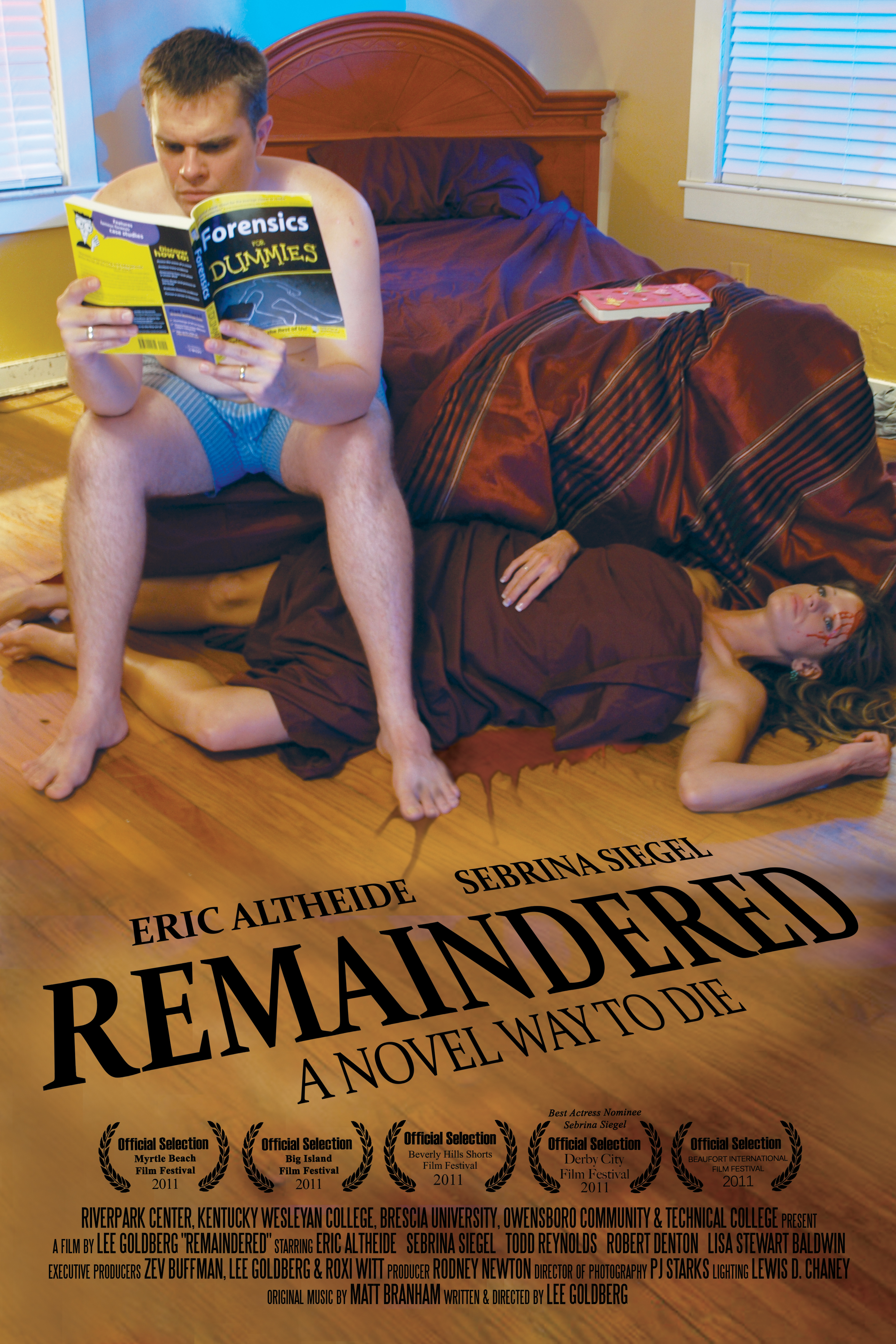I’m so excited! It’s pub-day for my new novel Gated Prey, the third book in the “Eve Ronin” series, which is now available in ebook, paperback and hardcover editions. Here’s the story:
Los Angeles County Sheriff’s detective Eve Ronin and her soon-to-retire partner, Duncan Pavone, are running a 24-7 sting in a guard-gated enclave of palatial homes in Calabasas. Their luxury McMansion is a honey trap, set to lure in the violent home invaders terrorizing the community. The trap works, leaving three intruders dead, a body count that nearly includes Eve and Duncan.
Eve’s bosses are eager to declare the case closed, but there are too many unanswered questions for her to let go. Was the trap actually for her, bloody payback for Eve’s very public takedown of a clique of corrupt deputies? Or is there an even deadlier secret lurking behind those opulent gates? Eve’s refusal to back down and her relentless quest for the truth make her both the hunter…and the prey
The reviews so far have been terrific. Here’s just a sampling:
“Goldberg is every bit the equal of Michael Connelly… Superb reading entertainment.” – Providence Journal
“Against all odds, Goldberg not only ties up most of the loose ends, leaving just a few deliberately dangling, but links some of Eve’s investigations in ways as disturbing as they are surprising. The seamy side of California dreaming.” Kirkus Reviews
“Hollywood decadence and duplicity are at the heart of bestseller Goldberg’s entertaining third outing for Los Angeles County sheriff’s deputy Eve Ronin. Lively descriptive prose enhances the tight plot of this episodic crime novel. Columbo fans will have fun.” Publishers Weekly
“Affectionate and witty interplay.” Ellery Queen Mystery Magazine
“Strong writing with just enough humor…Goldberg keeps the energy high throughout. One can hope that Goldberg will keep things moving for the foreseeable future, as there’s something special about what he’s started. This is a great series.”– Mystery & Suspense Magazine
“The third Eve Ronin is another suspenseful, fast-paced yarn with engaging characters” Washington Post
“Third in Lee Goldberg’s Eve Ronin series, ‘Gated Prey’ begins, moves and ends at the speed of a bullet. Goldberg has a knack for adding subtle character nuances into his series, and here we find Eve and partner Duncan Pavone more complex than ever.” The Mountain Times
If you’d like a signed copy, and can’t make it to one of my events next week, no problem! These bookstores will be glad to send you signed books: Poisoned Pen, Mystery Ink, Bank of Books, Mysterious Galaxy, and Book Carnival.
And if you’d like to enjoy the “book event” experience, you can catch me in these recent video interviews with The Crew Reviews, Rogue Writers (with Lee Child, Andrew Grant & Lisa Unger), and at the City of Agoura Hills One City, One Book event.



 Not long after that, Zev invited me to
Not long after that, Zev invited me to 

